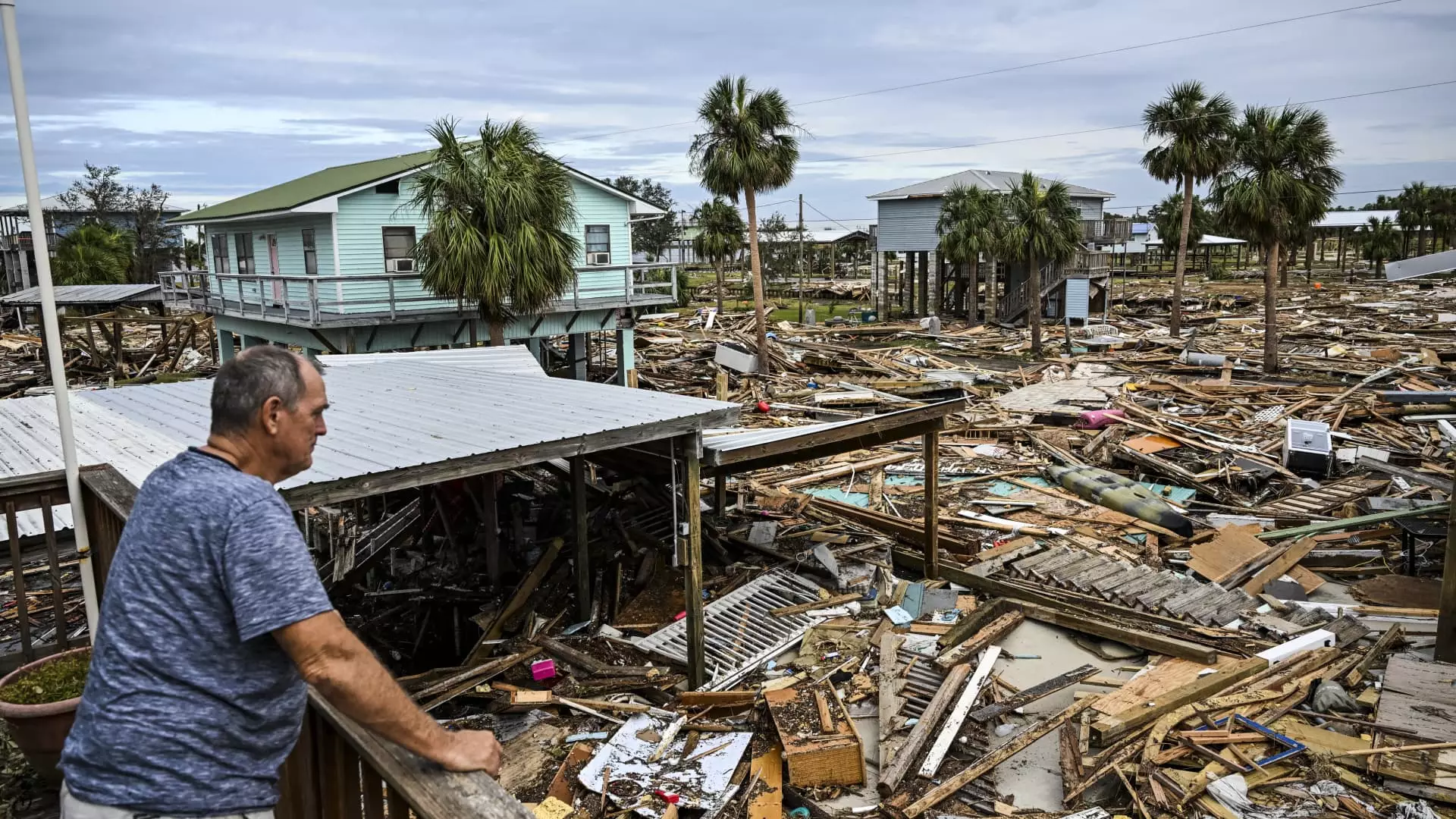Natural disasters incite devastation and despair, leaving survivors grappling with the aftermath of their losses. The determination of whether victims are eligible for tax relief following these traumatic events can be a daunting task filled with complexity. Particularly in the wake of hurricanes Helene and Milton, which wreaked havoc across several states in late September and early October, many are left pondering their recovery options. This article delves into the intricacies of qualifying for tax relief, the specific deductions available, and how to effectively navigate the IRS guidelines to optimize benefits.
In the aftermath of hurricanes, the scale of destruction is often staggering. Vast numbers of homes and businesses suffer losses that can reach billions of dollars. For victims in affected areas from Florida to Tennessee, insurance payouts may not sufficiently cover losses, leading many to seek other forms of relief. While tax relief may seem like a lifeline, the regulations governing who qualifies and what is permissible can create confusion and frustration.
One potential avenue for tax relief is the “casualty loss tax deduction,” which allows eligible taxpayers to amend their returns for losses incurred during federally declared disasters. However, eligibility for this deduction has been significantly curtailed by the Tax Cuts and Jobs Act of 2017. Before this legislative shift, taxpayers could claim deductions for a wider range of personal losses, such as damage from storms or fires, irrespective of federal declaration status.
As it stands, only those suffering losses in areas declared disasters qualify for this deduction, and this limitation will remain in effect through 2025. To take advantage of this deduction, it is crucial for potential claimants to fully understand the calculation process.
Tax experts outline a meticulous process to determine casualty loss deductions. To begin with, taxpayers must ascertain their home’s “adjusted basis,” which comprises the original purchase price plus any significant improvements made over time. Following this, it becomes essential to evaluate how much the fair market value of the property has declined due to the disaster.
However, one major hurdle is the requirement for an appraisal. Many property owners do not have a recent valuation prior to a disaster, leaving them uncertain of their next steps. Fortunately, the IRS provides “safe harbor methods” that can guide calculations without the necessity of formal appraisals.
Once the fair market value is determined, it must be contrasted with the adjusted basis, with claimants opting for the lesser of the two figures as the starting point for their deduction. Subsequently, any insurance payouts as well as other forms of disaster relief received must be subtracted from this value.
The final stage involves accounting for a $100 deduction plus an additional 10% of the taxpayer’s adjusted gross income (AGI). It’s essential to note that the higher a taxpayer’s AGI, the more their loss mitigation will be minimized, emphasizing the financial burden that can follow a disaster.
Certain situations might afford taxpayers additional benefits where “qualified disaster losses” are recognized. This can include more favorable treatment under the IRS guidelines, such as increasing the initial $100 deduction to $500 and allowing losses to be added on top of the standard deduction. However, eligibility for these enhanced provisions depends heavily on specific congressional action following disaster assessments.
As the dust settles from recent hurricanes, it remains imperative for victims to remain proactive about understanding and pursuing their tax relief options. Navigating the post-disaster landscape can be overwhelming, and it is vital to engage with qualified tax professionals who can provide tailored advice based on individual circumstances.
While tax relief can play a crucial role in the recovery of those impacted by natural disasters, the labyrinthine guidelines and restrictions set by Congress can complicate the process significantly. Understanding the casualty loss deduction and ensuring eligibility for any additional provisions is paramount for maximizing recovery efforts. For those looking to reclaim financial stability in the wake of disaster, seeking expert guidance is not just advisable—it may be essential.

